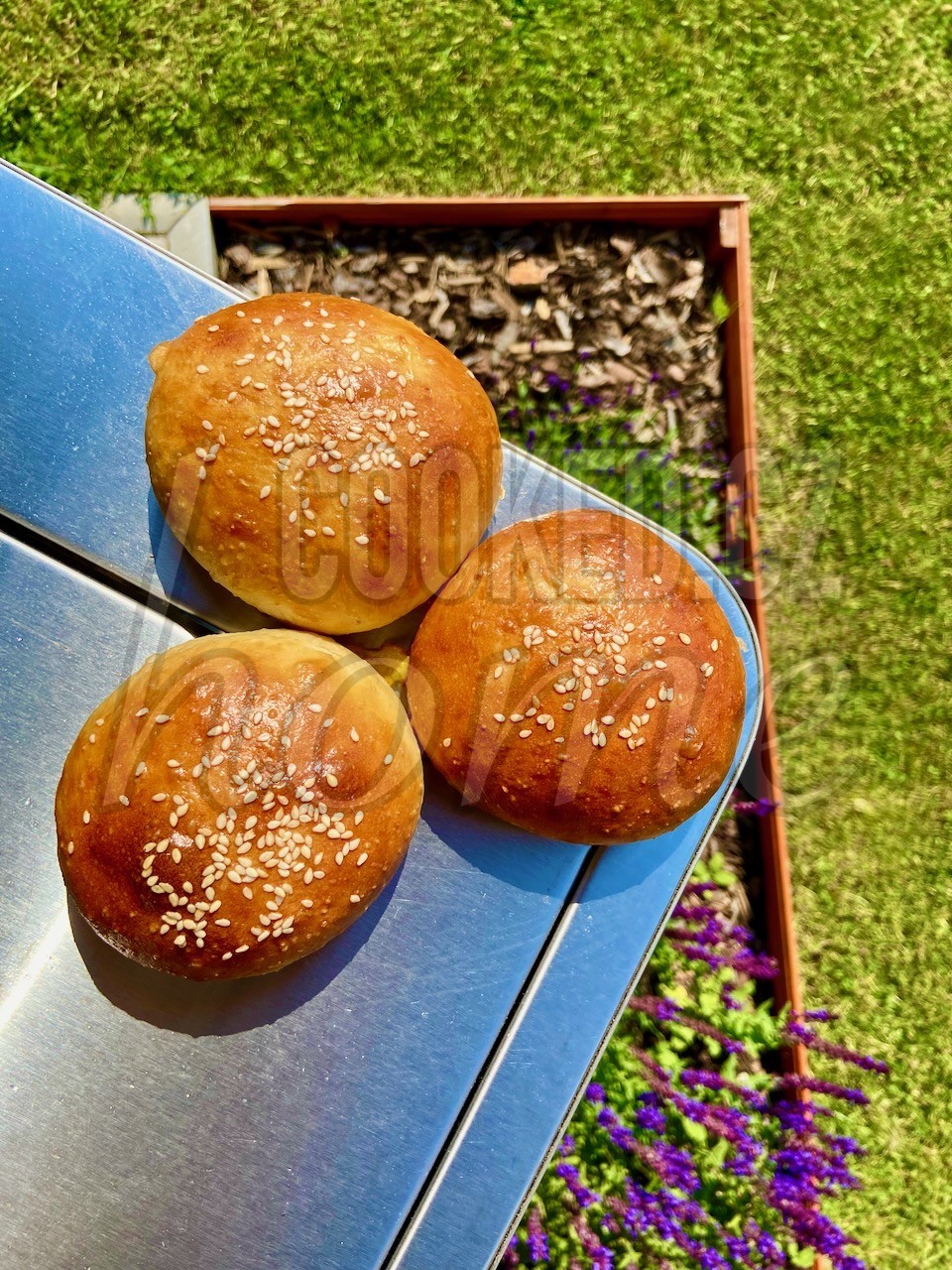
The hamburger first appeared in the 19th or early 20th century. The modern hamburger was the result of the needs of a society that was changing rapidly as a result of industrialisation and the emergence of the working and middle classes, and the resulting demand for mass-produced, affordable food that could be eaten away from home. Much evidence suggests that the hamburger was invented in Germany in the city of Hamburg. If you’re looking for a guide on how to season hamburger meat, take a look here.
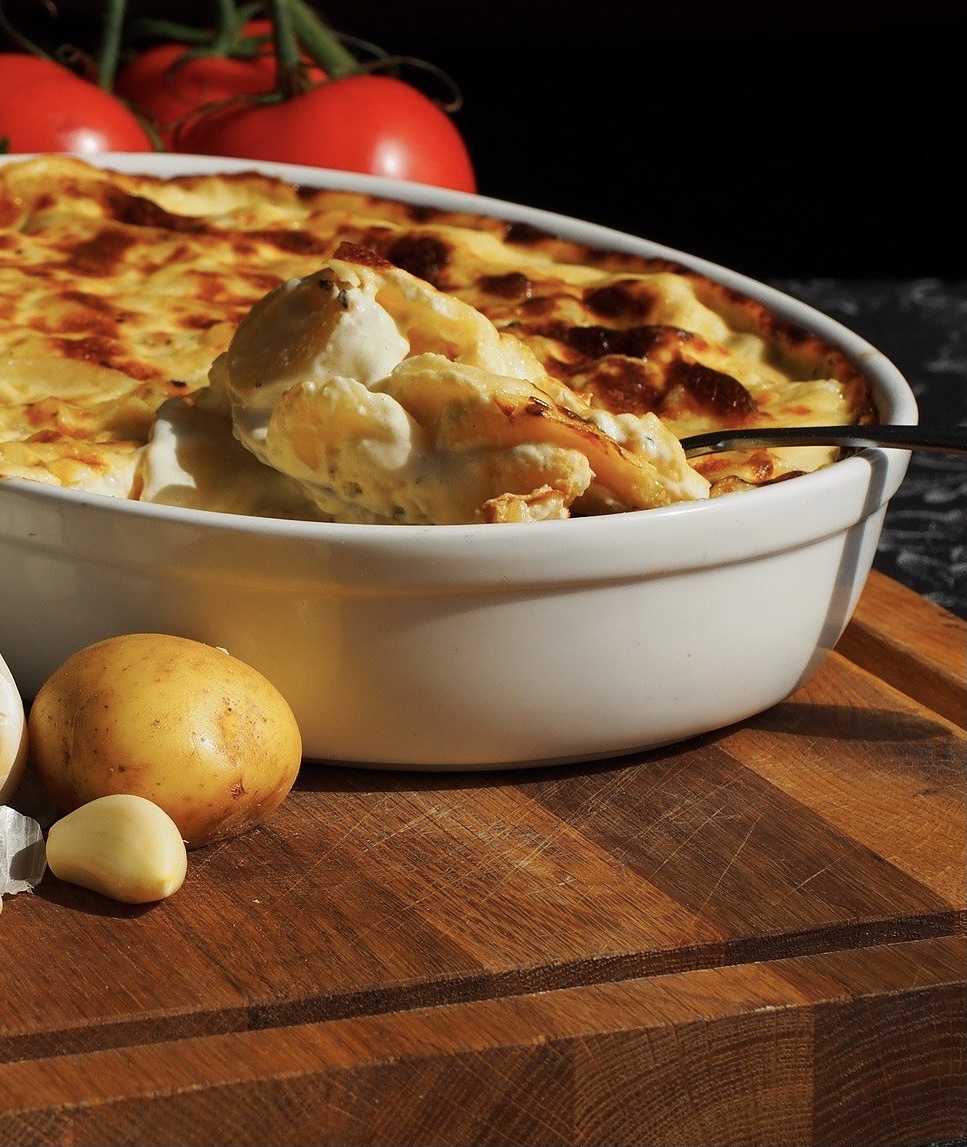
Gratin dauphinois is a French dish of sliced potatoes baked in milk or cream, using the gratin technique, from the Dauphiné region in south-eastern France. There are many variants of the name of the dish, including pommes de terre dauphinoise, potatoes à la dauphinoise and gratin de pommes à la dauphinoise. The first mention of the dish is from 12 July 1788. It was served with ortolans at a dinner given by Charles-Henri, Duke of Clermont-Tonnerre and Lieutenant-general of the Dauphiné.
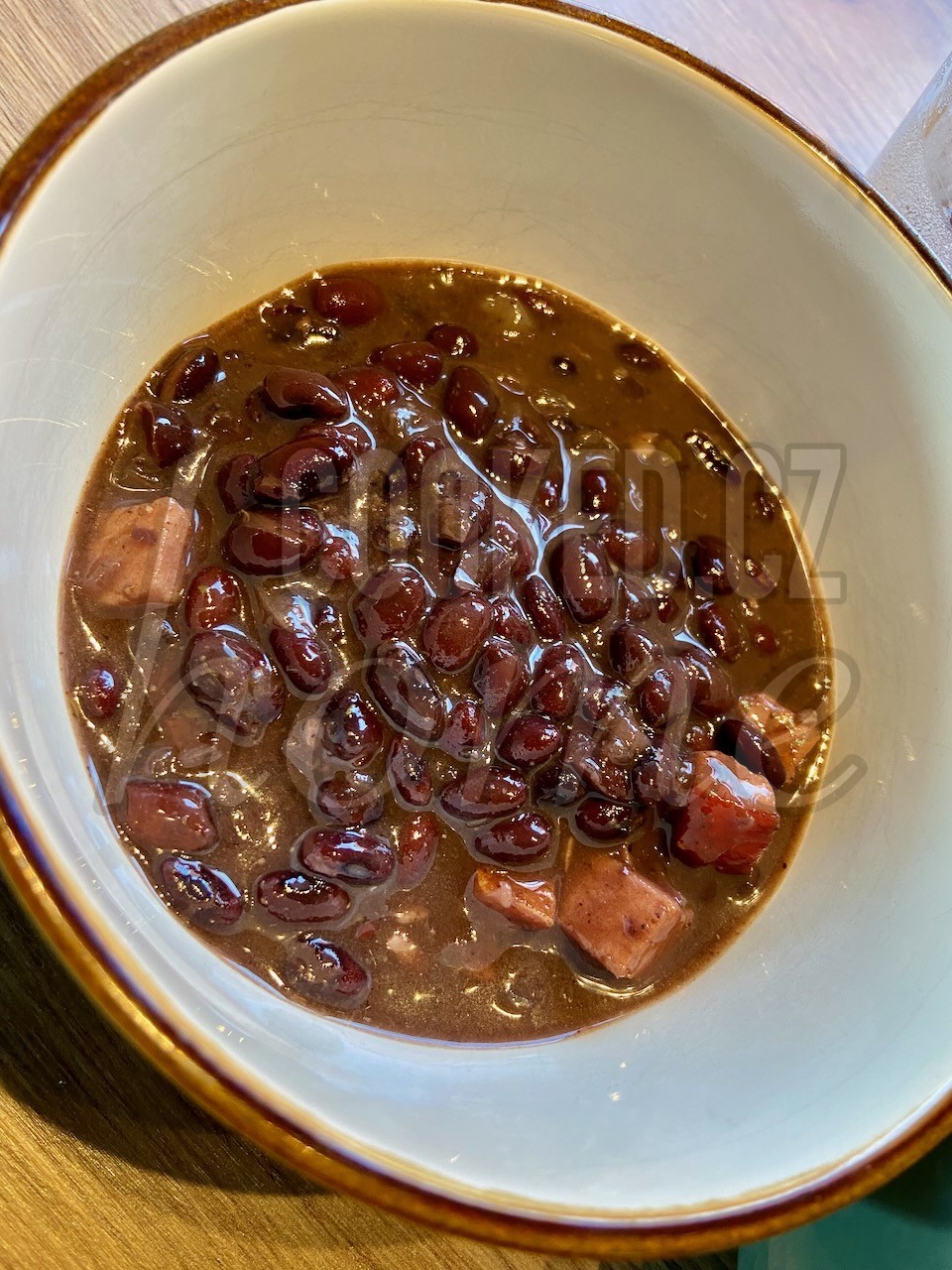
Some believe dried black beans were brought to Cuba by the Spaniards, who introduced the “Moros con Cristianos” (black beans with rice). A representation of Spain’s occupation by the Moors. Black beans represent the “Moros” (Moors), and the white rice is the Christians, in this case, the Spaniards battling the occupation. The recipe was so popular that it became a Cuban cuisine staple.
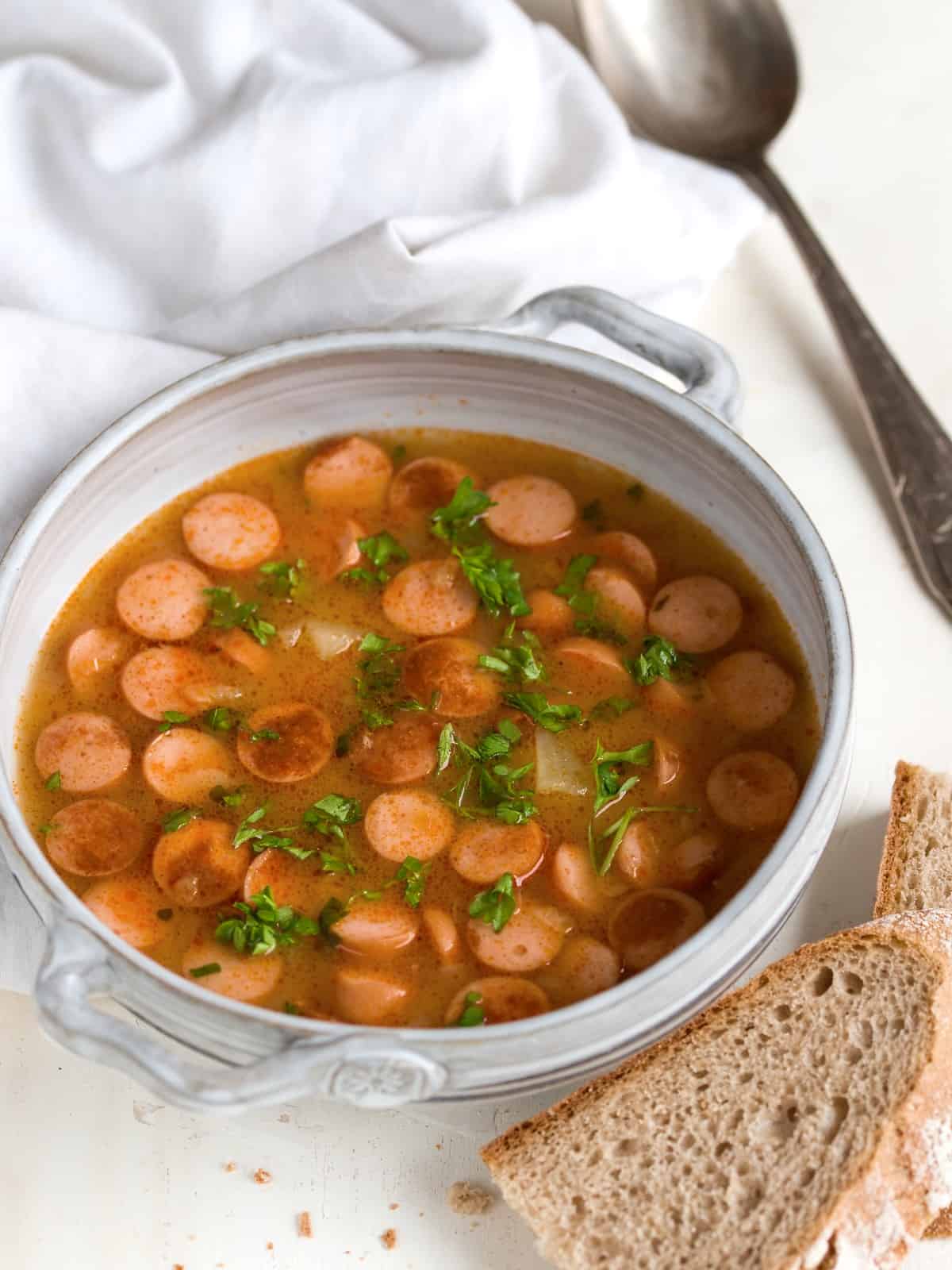
This is a traditional and incredibly delicious czech soup with a misleading name as Frankfurt isn’t located in the Czech Republic. It comes with the taste of garlic and sweet ground paprika and sausages floating on the surface.

Quick recipe which requires minimal effort, almost bakes itself. Peach cobbler recipe is undoubtedly sweet crumbly surprise for any occasion.
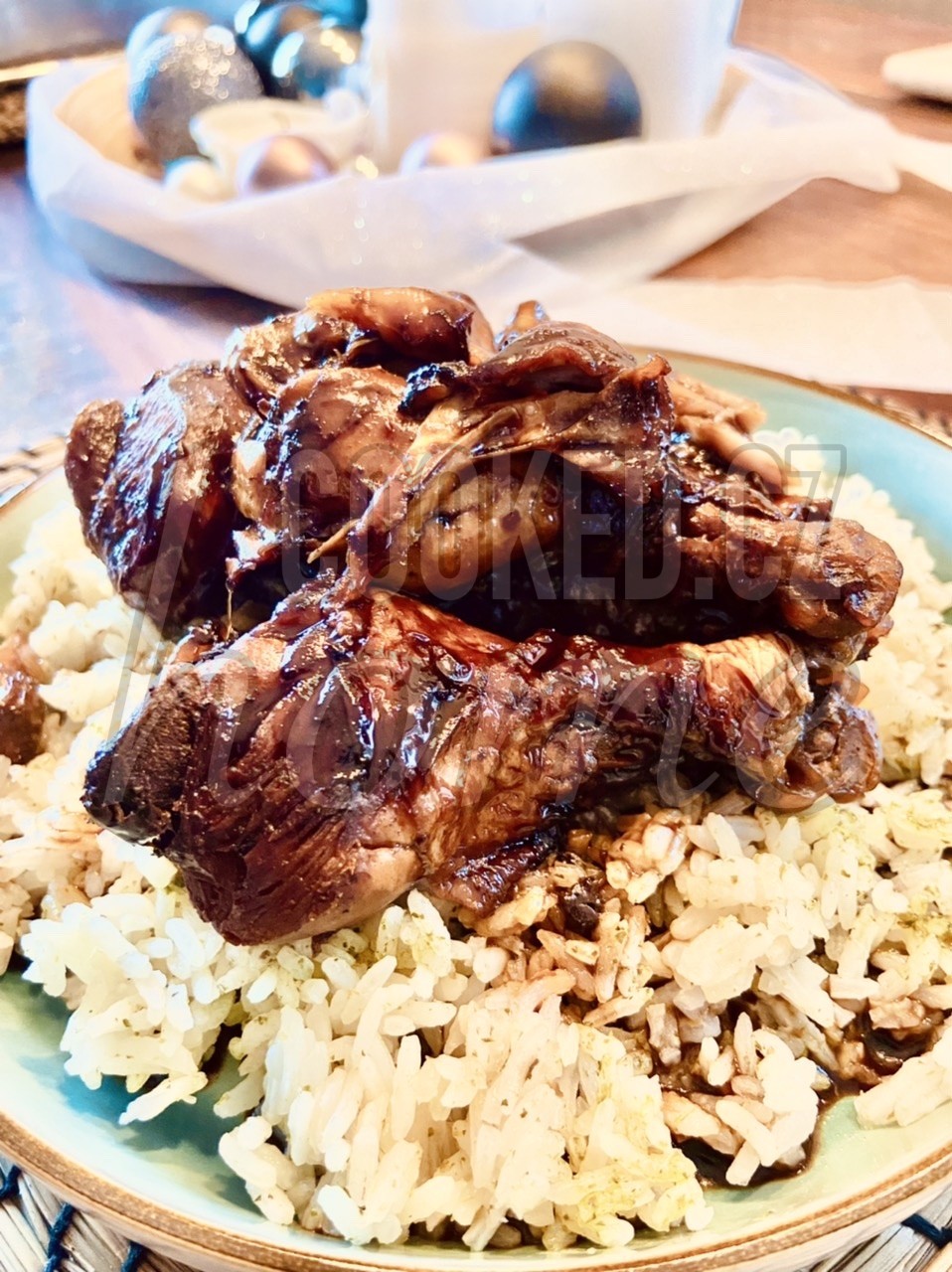
At its core, adobo is a process of cooking, not a recipe. The tang of the vinegar is softened over low heat, intensifying the flavor of the meat, and creating a silky, mouthwatering sauce that is always, always served with fragrant white rice. This is truly spectacular and very unique recipe. It’s recommended to serve this dish over rice.
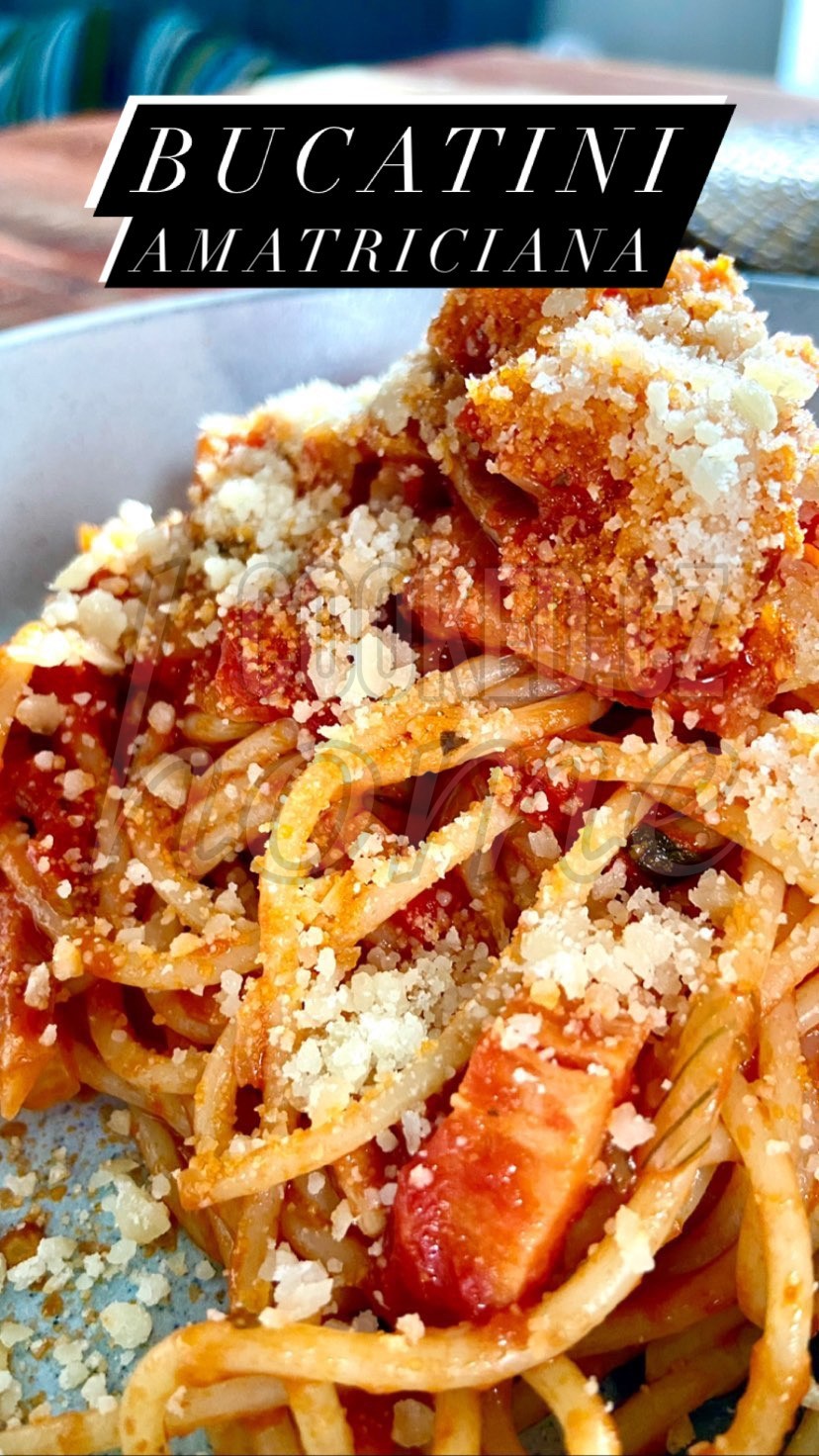
There are many variations of this recipe as it’s one of the staple pasta recipes. In my version I’m also adding one small anchovy to create more complex taste. Originally this dish was known as pasta alla gricia, or griscia, as it came from the village of Grisciano where shepherds made their meal using pasta, guanciale, and pecorino. It was in the nearby town of Amatrice that tomato sauce was added in the late 1600s and the dish was officially named amatriciana.
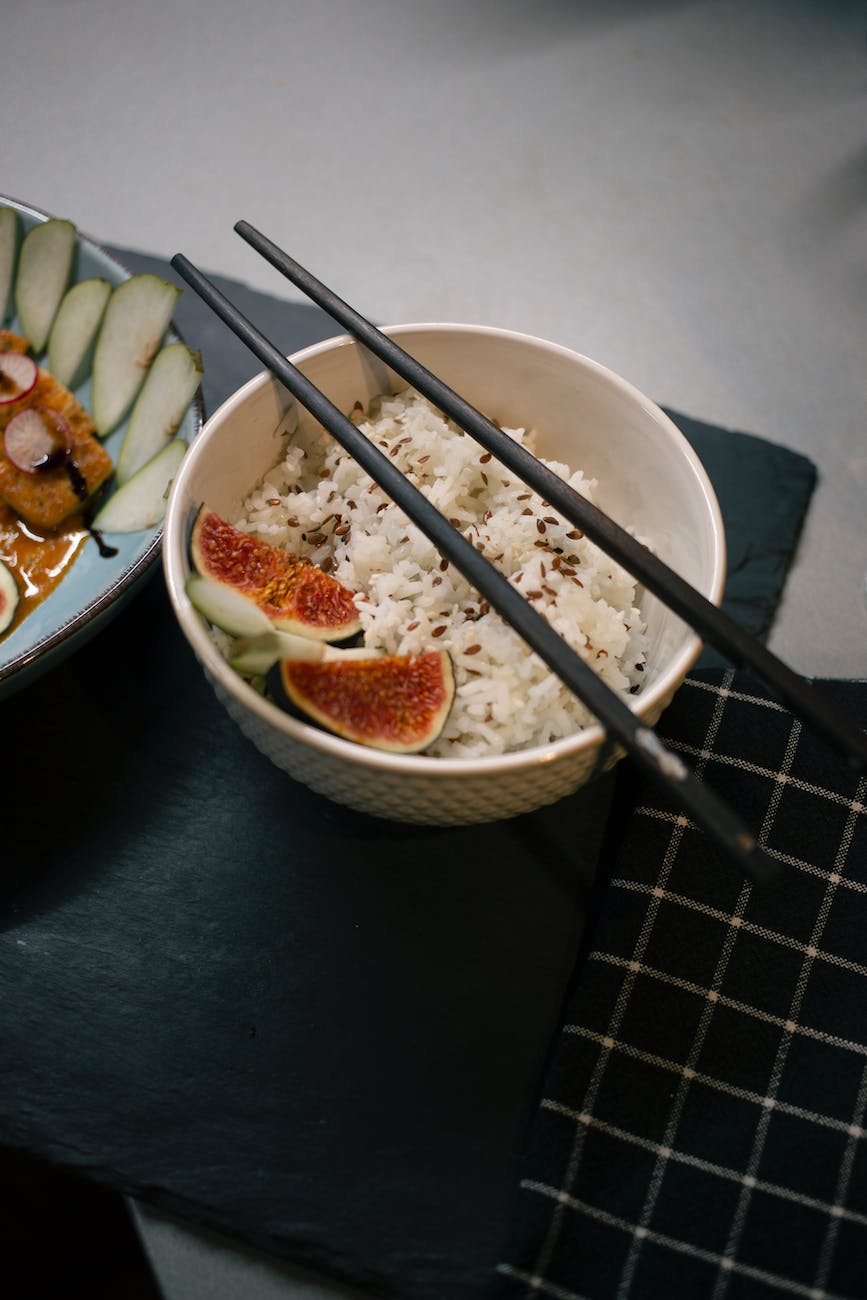
How to cook Rice? Everyone has his own way how to cook rice. Here is an easy recipe that covers one of the most common food Rice. This recipe works to all varieties of rice. That’s because whole techniques is slow and gentle and allows rice to steep long enough to cook through without adding overly too much extra water.
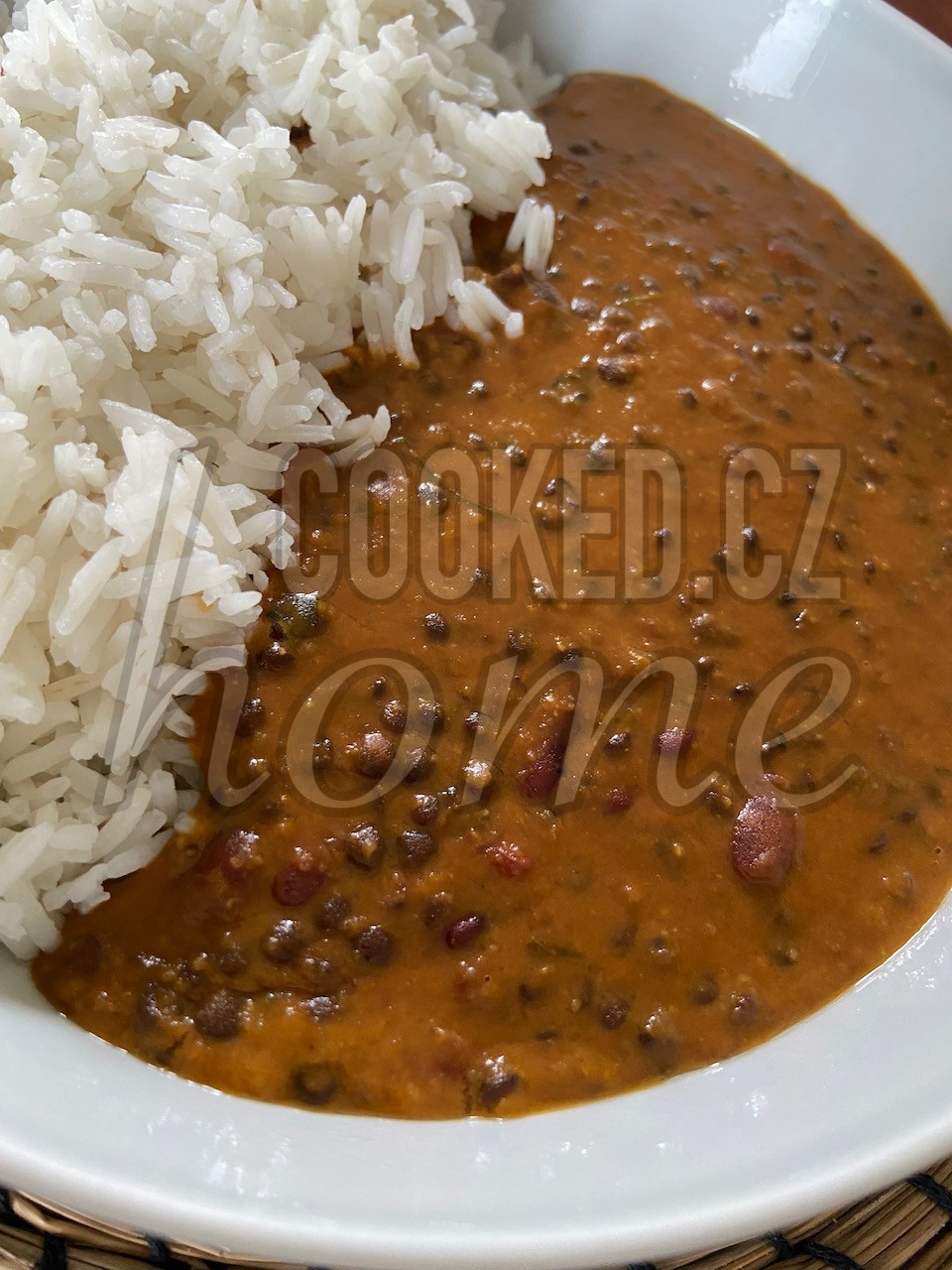
The western part of Punjab (now in Pakistan) is where Dal Makhani finds its origin. Peshawar is used to savor this recipe with unleavened flatbread. This dates back to the 1940s. When Peshawaris crossed the border after the partition of India and Pakistan, they brought this recipe to India. With help of pressure cooker this makes for really tasty and healthy lunch or dinner meal.
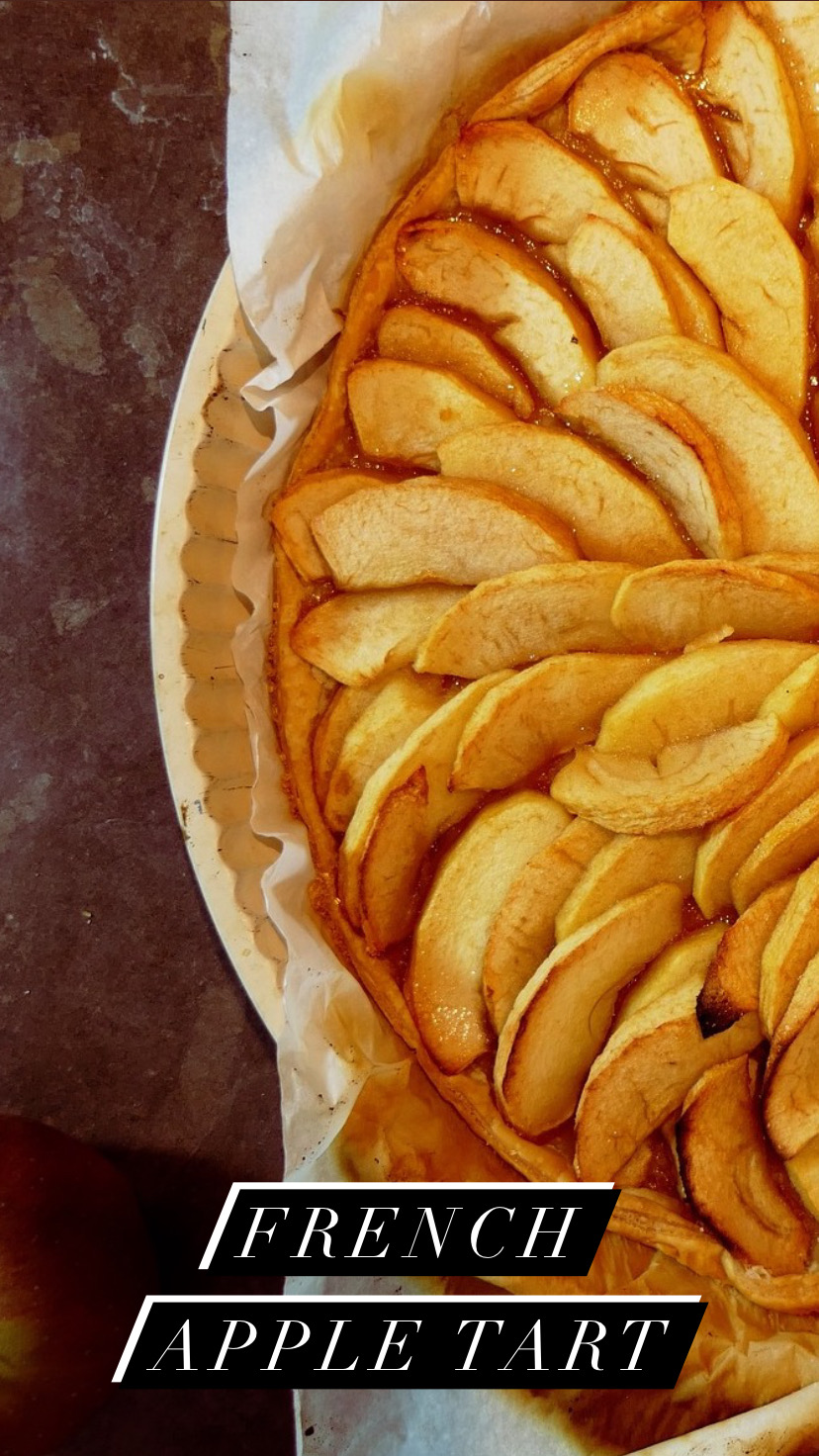
In French called “Tarte aux Pommes”, gives you double dose of apples. It begins with a pre baked in French “Pate Sucree” which has a wonderfully crisp texture and a sweet buttery flavor. Cake is great with whipped cream or ice cream as it’s not overwhelmingly sweet.









